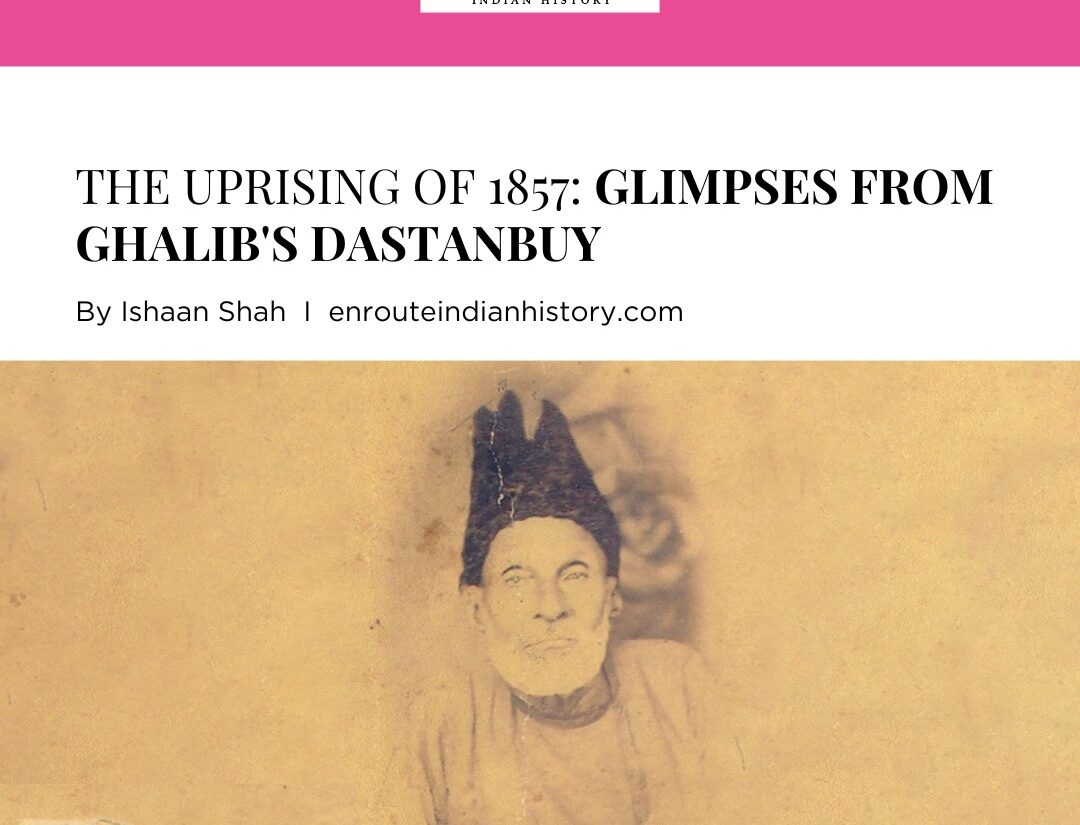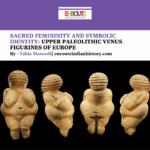
In the year 1957, an incident occurred involving two tigers named Mohan and Radha. During this time, a father and daughter were compelled to engage in mating for reproduction. What was the motive behind this action? What made them unique? To gain a full grasp of this matter, it is necessary to revisit the year 1951, during which Maharaja Martand Singh of Rewa successfully captured Mohan as a cub in Bandhavgarh.
Mohan and his Legacy
Mohan was among the last recorded Bengal White Tigers (Panthera tigris tigris) found in the wilderness. Mohan’s rare genetic mutation (found in 1 out of 10,000 tigers) resulted in his distinctive white coat, making him a prized possession for the Maharaja. White tigers are considered feline beauties for their distinctive blue eyes and white fur with chocolate brown or ash-black stripes. Their distinctive appearance has made them highly sought-after in zoos and wildlife institutions globally. However, their rarity also makes them vulnerable to exploitation and inbreeding, which can harm their genetic diversity and overall population. Therefore, the Maharaja hoped to preserve this unique trait by breeding Mohan with other tigers. However, finding a suitable mate proved to be a challenge. After several failed attempts, including with an orange tiger named Begam, the Maharaja decided to mate Mohan with his daughter, Radha. The Maharaja’s desire to maintain the white tiger lineage served as the driving force behind this decision. Inbreeding, although highly discouraged due to its negative consequences for genetic diversity, was considered a necessary sacrifice. Despite the controversy surrounding their mating, Mohan and Radha successfully produced several cubs with white recessive traits in their first litter, naming one male and three female white cubs, respectively, Raja, Rani, Sukeshi, and Mohini. These cubs were in high demand in zoos and wildlife institutions globally. However, what proceeded out of this human separation was no less than a tragic tale for these poor feline beings.

( The reDiscovery project; A sad-looking Mohan and his startling blue eyes stare out at visitors from his little glass box in the Rewa Museum.)
The National Zoological Park in Delhi took Raja and Rani in 1963, and they went on to have seven litters of twenty white cubs each. Inadvertent deaths occurred in four of the thirteen cubs: Rukko, Ravl, Bahadur, Jagru, Radha, Rani, Hari, Ashima, Gautam, Virat, and Hari and Gautam; also among them were Mohan’s granddaughter Sukeshi. Stillbirth, pernicious anemia, and another stillbirth were among the nine unintentional deaths. Due to pneumonia and Parkimouse syndrome, Rani’s white female cub didn’t make it past the first week of life. She was born to her son, Dalip. The other four deaths, including Virat’s and Gautam’s stillbirths, were all unintentional. Therefore, the legacy of Mohan, which was an attempt to protect a specific genetic feature of tigers, came at the expense of numerous fatalities and painful experiences for numerous tigers who were frequently forced to inbreed. These deaths and the consequences of inbreeding highlight the detrimental effects of Mohan’s legacy on the tiger population. The attempts to protect a specific genetic feature ultimately resulted in a high number of unintentional deaths and suffering for the tigers involved.
Evolution of Conservation Efforts: From Parliamentary Concerns to Successful Reproduction
The fact that this matter was also debated in Parliament should give any reader a sense of its gravity. During a crucial question-and-answer session on May 11, 1993, Mr. Ratilal Verma, the MP representing Gujarat’s Dhandhuka constituency, brought up the issue of the deteriorating living conditions of White Tigers and how it contributed to their population decline. He further stated, “The population of white tigers has been decreasing day by day. The Pramod Committee constituted by the Central Government and the State Government found that the number of tigers was decreasing and the government had failed to apprehend the guilty persons and prove them guilty.”. But new efforts to curb inbreeding at Delhi’s National Zoological Park imply that, at least in terms of reproduction, things have looked up over the past two decades. In 2021, Sita and Vijay welcomed three white cubs into the world, and they were carefully monitored in a separate enclosure. The relocation of Vijay from the Lucknow Zoo to ensure that no inbreeding occurs was a radical departure from the in-breeding practices of the twentieth century. Even Dharmdeo Rai, the director of Delhi’s Zoological Park, reaffirmed this in an interview with The Indian Express, saying, “The selected zoos that participate in the conservation breeding program exchange animals among themselves for breeding purposes.”. Thereby, our conservation ethos has progressed significantly.

(The Indian Express; The white tiger cubs were born at the zoo after a gap of seven years on August 24, 2022.)
Survival Struggle: The Multi-faceted Challenges
While there has been institutional change in India, inbreeding white tigers for zoos is still practiced in many other regions. As a result of the high prices paid for white tigers and other tiger cubs kept as pets, conservation organizations rarely receive any funding for their important work. It can be difficult for adult tigers to deal with the persistent demand for cubs once they reach maturity, as many people want to take pictures with them or pet them. Larger enclosures and a lot of money are required to care for adult tigers. Some animal shelters kill adult tigers to harvest their parts for the black market tiger trade. In Asia, specifically in the countries of China, Laos, Thailand, and Vietnam, an estimated eight thousand tigers are kept as pets. Thus, human factors such as hunting, poaching, and inbreeding contributed to the tiger becoming an endangered species. Although keeping them captive is unethical, they cannot be kept in the wild because they are kept in an artificial environment. It would also be critical to preserve the genetic traits they demonstrated. “The white tiger represents part of the natural genetic diversity of the tiger that is worth conserving but is now only seen in captivity,” said Shu-Jin Luo of China’s Peking University. The genetic traits of white tigers must be preserved because they are a unique component of tigers’ natural genetic diversity. However, because they are currently only found in captivity, ensuring their conservation and avoiding extinction is even more critical.
The role of Delhi’s National Zoological Park in this context is admirable. They have progressed from draconian and unethical inbreeding methods to scientific breeding techniques with improved monitoring and upkeep. In some ways, they are carrying on the legacy of White Tiger Mohan, who was violently separated from his family, and his offspring also had a difficult life. The efforts of Delhi’s National Zoological Park in implementing scientific breeding techniques and improving monitoring and upkeep not only contribute to the conservation of white tigers but also strive to provide a better quality of life for these majestic creatures. By learning from past mistakes and adopting more ethical practices, they are playing a crucial role in ensuring the survival and well-being of this unique genetic component of tigers’ natural diversity.
REFERENCES
-
- “The Truth About White Tigers.” World Wildlife Fund, www.worldwildlife.org/stories/the-truth-about-white-tigers.
- DHNS, and DHNS. “Genetic Mystery of Indian White Tiger Unravelled.” Deccan Herald, 4, May 2018, www.deccanherald.com/archives/genetic-mystery-indian-white-tiger-2261678.
- Roychoudhury, A. K., and K. S. Sankhala. “Inbreeding in White Tigers.” Proceedings: Animal Sciences, vol. 88, no. 5, Springer Science and Business Media LLC, Oct. 1979, pp. 311–23. Crossref, https://doi.org/10.1007/bf03179109.
- Explainers, Fp, and Fp Explainers. “Delhi Zoo Gets 3 White Tiger Cubs: India’s Tryst With the Rare Wild Cats.” Firstpost, 2 Sept. 2022, www.firstpost.com/explainers/explained-delhi-zoo-gets-3-white-tiger-cubs-indias-tryst-with-the-rare-wild-cats-11169571.html.
- “White Tigers: Facts, Threats, and Conservation | IFAW.” IFAW, www.ifaw.org/international/animals/white-tigers.
- Lok Sabha Debates. India, Lok Sabha Secretariat., 1993.
- AKASHVANI: Vol. LIV. No. 3 ( 16 JANUARY, 1983 ). N.p., All India Radio (AIR), New Delhi, 1983.























